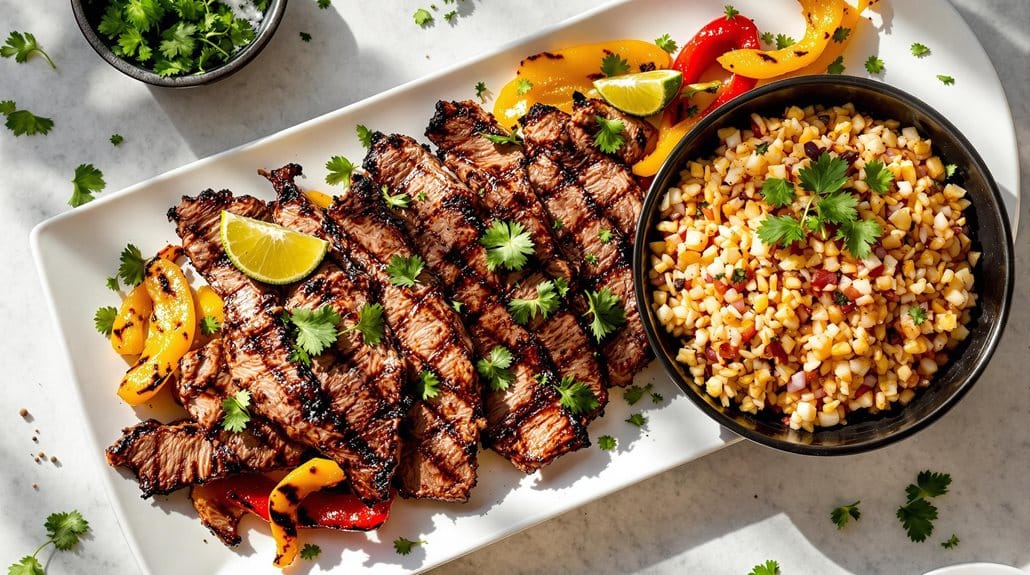| This vibrant Thai green curry combines tender chicken and crisp vegetables in a rich coconut sauce, all made efficiently in the Ninja Speedi’s dual-cooking zones. Perfect for busy weeknights when you want restaurant-quality Thai food without waiting for delivery or dealing with multiple pans. For the most authentic flavour, toast your curry paste in the coconut cream (the thick layer at the top of the coconut milk can) before adding the remaining ingredients. |


Satay Chicken with Peanut Noodles in Ninja Speedi
Description
A delicious fusion of Asian flavours combining tender chicken skewers with a rich, creamy peanut sauce and noodles.
The Ninja Speedi's dual-cooking capability allows the chicken to develop a beautiful char while the noodles simmer below in aromatic coconut milk.
This one-pot meal delivers restaurant-quality satay without the need for multiple pans or an outdoor grill.
The peanut sauce infuses both the chicken and noodles, creating layers of flavour throughout the dish.
Ingredients
For the Chicken Marinade
Instructions
Marinade
- Mix all ingredients in a bowl until well combined
- Pour over chicken pieces
- Marinate for at least 2 hours or overnight in the refrigerator
Bottom Pot:
- Mix coconut milk, peanut butter, soy sauce, brown sugar, curry paste, half the lime juice, garlic, and ginger in the pot.
- Add rice noodles and ensure they're covered by the liquid.
Crisping Tray:
- Thread chicken onto soaked skewers.
- Place chicken skewers on the crisping tray.
Cooking:
Set Speedi Meals function to 180°C for 12 minutes.
With 5 minutes remaining, add bean sprouts to the bottom pot and turn the chicken over.
- When complete, remove and rest for 2 minutes.
- Garnish with spring onions, coriander, crushed peanuts, and remaining lime juice.























